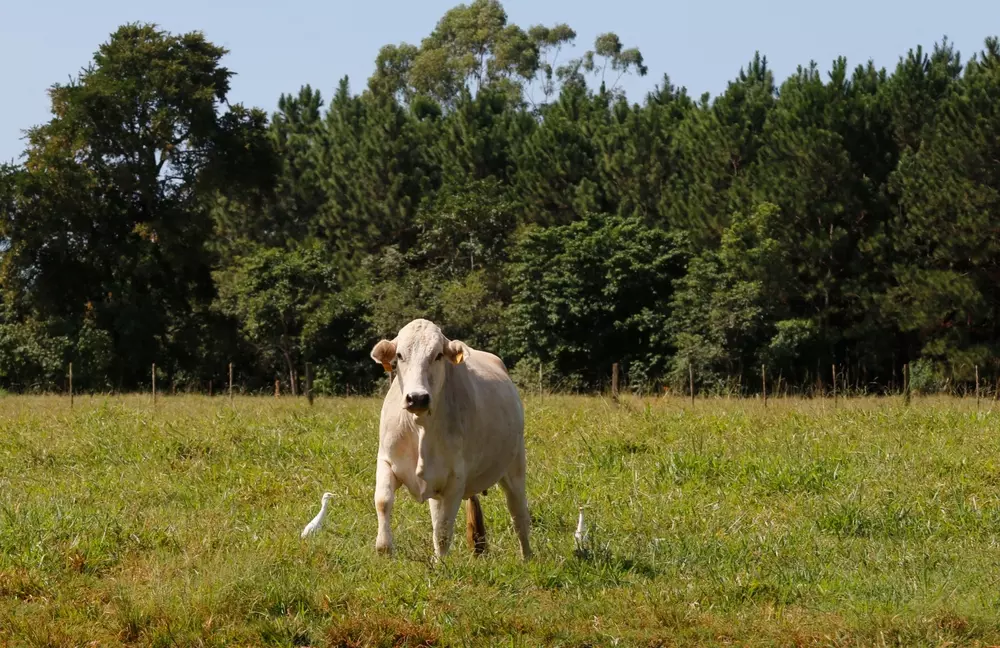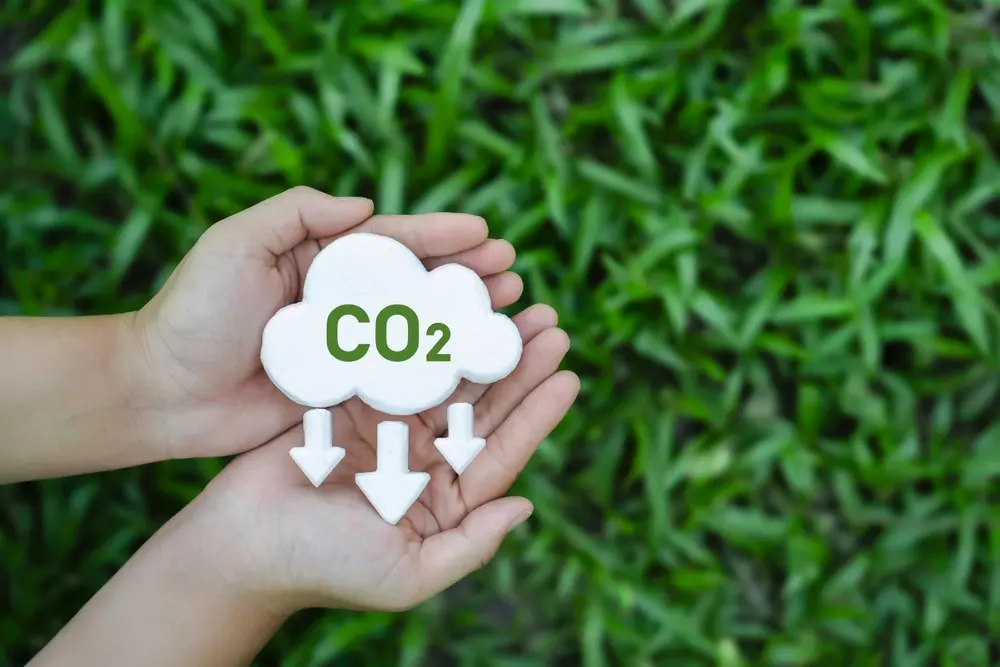Food security is one of the greatest challenges facing humanity this century. According to the United Nations, the world population is expected to reach nearly 10 billion people by 2050. This demographic growth will demand a greater need for nutritious food, sourced from sustainable food systems. Therefore, food security is not just about meeting current needs, but also ensuring the long-term resilience of agricultural systems. Proof of this is that food companies are increasingly investing in regenerative agriculture. According to BloombergNEF, the area dedicated to regenerative agriculture could reach up to 800,000 hectares per company, representing a total investment of up to US$16 million. Thus, companies that supply agricultural raw materials to the world have a crucial role in supporting their supply chains as they transform into resilient, sustainable, and efficient production systems.
The role of animal protein
Animal protein plays an essential role in food security and in providing nutritious diets for people worldwide. It is estimated that meat demand in Asia will reach 221 million tons by 2050, representing a 77% increase compared to 2010.
South America has great potential for sustainable meat production. The region benefits from abundant rainfall, which reduces the need for irrigation and conserves water resources. Additionally, cattle raised on pastures are maintained by natural grazing systems, which reduces the negative environmental impact of livestock farming.

Photo: casa.da.photo/ Shutterstock
An example of a sustainable tropical production system is the integration of livestock, crops, and forests in the same area. These systems involve the rotation of components within the same area, bringing mutual benefits. For example, trees provide shade and protect livestock from the wind, improving animal welfare and productivity. In return, cattle provide manure, which improves soil fertility for crops and trees.
Furthermore, the rotation of crops and pastures disrupts pest and disease cycles and provides nutrients to the soil, further benefiting each component of the system. This synergy maximizes productive land use while improving animal welfare, soil health, and carbon sequestration. In Brazil, 17 million hectares are currently managed with these types of integrated systems, an area almost equivalent to that of Portugal and Hungary combined. Conservation agriculture practices, such as no-till farming, cover crops, and crop rotation, are becoming increasingly productive, and the best regenerative livestock systems increase farm profitability by almost 300%, according to Exagro.
Concurrently, the livestock sector is an industry capable of harnessing the potential of by-products, minimizing waste, and unlocking opportunities for renewable energy production. The transformation of animal waste into biofuels, for example, converts a potential environmental liability into a valuable asset. Advanced biofuel production processes, developed by Brazilian research institutions, extract energy from discarded organic materials. Sustainable aviation fuel, derived from these processes, has a much smaller carbon footprint than conventional aviation fuel. The European Union has committed to replacing 70% of conventional fuel with this sustainable biofuel by 2050. This closed-loop approach to waste management contributes to the broader transition to a low-carbon economy. And as this transition unfolds, carbon-intensive energy sources are replaced by renewable energy.

However, we cannot do without food. Therefore, it is essential to promote a low-carbon food system. The nature-based carbon credit market is emerging as a new business model to support this transformation. South America has a significant comparative advantage as a continent with the greatest potential to sequester carbon through nature-based solutions, even on productive lands. Carbon projects in the region can support the recovery of degraded productive areas, creating a multitude of socio-environmental benefits. These projects increase rural productivity and income, as well as reducing the pressure to expand productive lands, while storing carbon in the soil.
Soil carbon sequestration is a promising strategy to combat climate change. Many scientists point to soil carbon as a critical component in climate mitigation efforts. Studies show that an increase of just 1% in soil carbon mass across all agricultural lands would sequester 311 gigatons of CO2. To put this into context, total global greenhouse gas emissions in 2023 were 35.8 gigatons of CO2. Brazil alone has the potential to store up to 1 billion annual tons of CO2 through landscape restoration. This illustrates the enormous potential of soil carbon sequestration as a climate solution.
The development of high-quality carbon credits, in compliance with international standards, creates financial incentives for the large-scale implementation of sustainable agricultural practices. By participating in carbon credit programs, rural producers can generate additional income while contributing to climate change mitigation. These programs require rigorous monitoring and verification to ensure that the claimed emission reductions are real, measurable, and permanent. The funds generated by carbon credits can be reinvested in other sustainability initiatives, creating a positive feedback loop that drives continuous improvement.
Companies involved in the agricultural raw material supply chain play a fundamental role in supporting the transition to a sustainable food system. By investing in sustainable practices and technologies, these companies can drive positive change throughout the supply chain and promote collaboration among stakeholders, creating a more resilient and sustainable agricultural sector.
The integration of sustainable practices in agricultural production is essential to address the challenge of food security and mitigate climate change. South America’s favorable climatic conditions, its low dependence on irrigation, and advancements in sustainable technologies place the region at the forefront of sustainable livestock production. Integrated livestock, crop, and forestry systems, along with the use of by-products for renewable energy, exemplify the potential to create efficient and resilient agricultural systems.
The large-scale implementation of sustainable agricultural practices not only addresses environmental concerns but also promotes socioeconomic development across the continent. The nature-based carbon credit market offers a promising pathway to incentivize low-carbon production systems. By adopting sustainable practices and technologies, the agricultural sector can provide nutritious food for a growing global population, while preserving the environment and fostering socioeconomic development.





